We discover the history of Balenciaga as Demna writes a new chapter of the Parisian Maison.
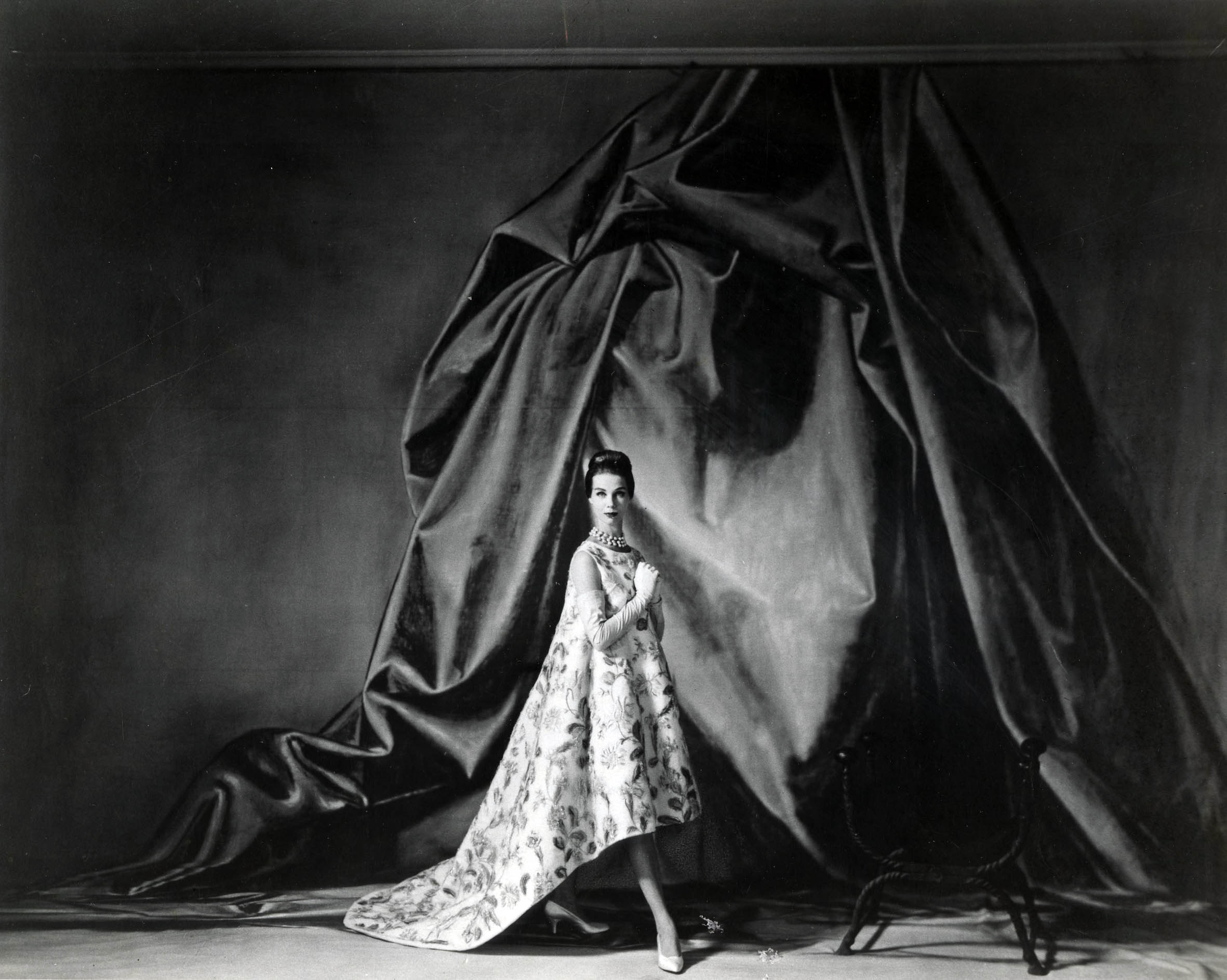
In the last few seasons, Balenciaga has been making tsunami-sized waves in the fashion industry. Driven by the vision of Demna, the brand, which reintroduced its Haute Couture line last season, has become the one to beat. With bold silhouettes, out-of-the-box concepts and future-thinking designs, the Parisian-born fashion house is perfectly bridging the gap between past, present and future in a way that only Balenciaga could do.

Cristąbal Balenciaga by GYENES
And while Gen Z fans may be under the impression that this is a ground-breaking approach to fashion, the house of Balenciaga has been making its own rules since the beginning, over a century ago, but it is only now that the two chapters are connecting as in so many ways, highlighting some of the uncanny similarities between Cristóbal Balenciaga and the current Creative Director Demna.

Cristąbal Balenciaga by THOMAS KUBLIN
The house of Balenciaga began in 1917 when Cristóbal Balenciaga opened his Haute Couture atelier in San Sebastián, Spain. For the creative couturier, success was almost instant and as word spread amongst communities of Balenciaga’s creative designs, customers began travelling all across Europe to discover his designs.

Cristóbal soon attracted the attention of local clients and those around Europe, as well as other couturiers around the world who had heard about the new silhouette the designer was offering. He opened his fashion house in Paris in 1937 and soon after presented his first collection to the press and buyers, making ripples in the fashion community.

By moving away from the hourglass shape loved by fellow couturier Christian Dior at the time, Balenciaga began sculpting a new silhouette for women that was sleeker, with more graphic lines, and celebraged the female body in new ways. This modern silhouette would end up changing the perception of Haute Couture garments forever. Cristóbal’s experimental approach to tailing and his ability to find new ways of creating garments that flattered the female shape and in particular the waist area, immediately attracted the attention of society’s most important women worldwide. Balenciaga began creating gowns for some of the most important ladies at that time from actresses, to royalty to fashion icons.

Throughout the next few decades, Cristóbal would reinvent the Haute Couture silhouette over and over. From his iconic boxy suit creations which first saw the light of day in 1952, to the “parachute” dress which continues to be a timeless design even today. In 1953 the couturier dropped the waistlines of his dresses to hip level in a first for Haute Couture designs, transforming the silhouette once again.

In 1958 Balenciaga was awarded the title of Knight of the Legion of Honour for his contribution to the fashion industry, and that same year he introduced his infamous “Baby Doll” dresses, once again pushing the boundaries of haute couture. The innovations continued, as Cristóbal became known for pushing the boundaries of design and offering new ways for women to express their beauty.

Cristóbal Balenciaga presented his last collection in 1968 before closing his fashion house and retiring in Spain. He passed away in 1972 and the house lay dormant until 1986. That year, Jacques Bogart S.A. acquired the rights to the brand and opened a new ready-to-wear line; Le Dix, named after the House’s first perfume which was first launched in 1947. Over the next three decades, several designers were invited to renew and revive the image of Balenciaga and the house was taken over by Kering in 2001.

At the time, Nicolas Ghesquière held the position of Creative Director. Ghesquière was the first to take direct inspiration from Cristóbal’s early work. He was inspired by the way the designer used futuristic methods and abstract shapes that created their own trends. In 2012 Ghesquière departed the brand and was replaced by Alexander Wang who also honoured Cristóbal’s legacy with his first collection. Wang remained at the house until 2015 and successfully managed to bring a fresh, youthful dimension to the brand making way for its biggest pioneer yet.
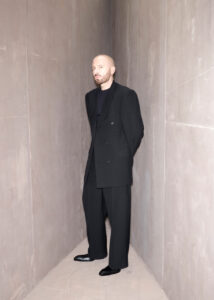
DEMNA
Enter Demna. As the founder of avant-garde brand Vetements, Demna was used to making his own rules, much like Cristóbal all those years ago. While on the surface the two may seem to have very different approaches to fashion, their connection runs deep and Cristóbal’s “dare to be different” mindset is something that resonates with the current Creative Director.
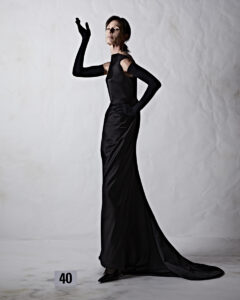
Since joining the house, the designer has managed to seamlessly merge Balenciaga’s avant-garde approach with his fascination for streetwear, offering oversized and voluminous silhouettes, playful styles and designs that put function at the forefront. Demna’s interest in the future has allowed him to experiment with the unusual and unexpected, making clothing practical and purposeful as well as being beautifully crafted. This mindset reflects that of Cristóbal who was fascinated by innovation and finding new ways to do things, crafting new silhouettes and using new materials to express his vision.
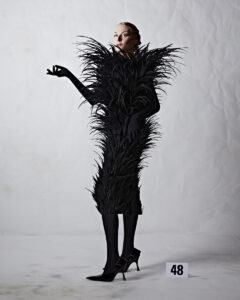
Demna has also built up an A-List cult following of the brand, with friends and ambassadors now spanning the likes of Kim Kardashian, Nicole Kidman, Dua Lipa, Kanye West, Justin Bieber, Rhianna and Taylor Swift…the list goes on. His time at the brand has seen it become a go-to for not only the elite but the young generation, looking to dip their toe into the world of high fashion. But while the ready-to-wear collections are now one of the most coveted lines globally, the House’s Haute Couture lines are writing their own comeback story.
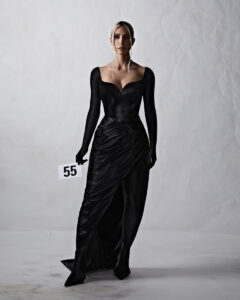
In July 2021, Demna presented his first Haute Couture collection for the brand and the first for the brand in 53 years. He reopened a dormant box in spectacular fashion and it reaffirmed the brand’s elite positioning in the world of Haute Couture today. Demna admitted to feeling the pressure, this was not only his first haute couture collection after all but also the revival of one of the greatest couture houses of all time. But he didn’t disappoint, finding his own way to combine the heritage and history of the house with his “street” design aesthetic and love for innovation. The follow up collection which debuted this year was the House’s 52nd Haute Couture offering.

For this collection Demna collaborated with a number of artisans and industrial design visionaries, to develop new ways of layering design craftsmanship and technological innovation, in a way that is true to the DNA of the house. He introduced new, never used before fabrics, using combinations of unconventional or unexpected materials to create shapes and dimensions never seen before, much like the brand’s founder many decades prior. His desire to always push the boundaries yet perfectly honour the heritage and savoir-faire of the house was clearer than ever.
As the brand goes from strength to strength we await Demna’s next move as he continues to build a new legacy for this historical House.















